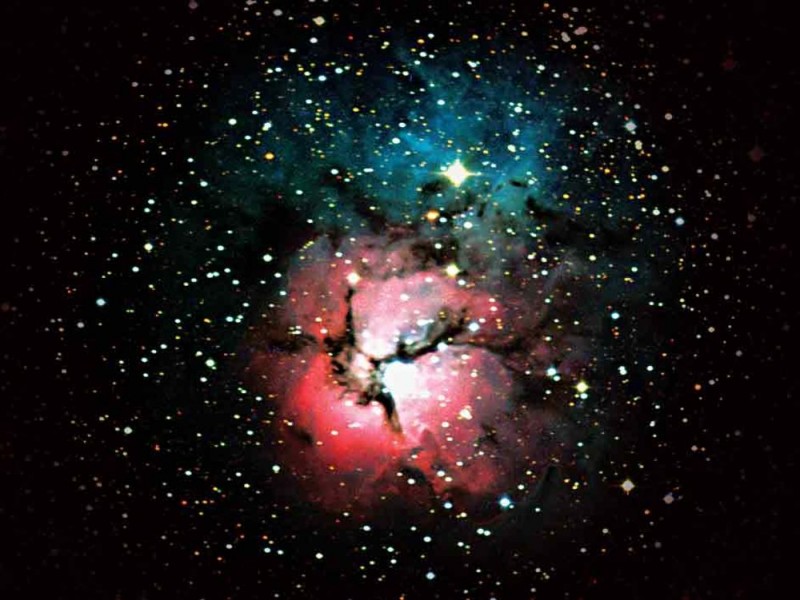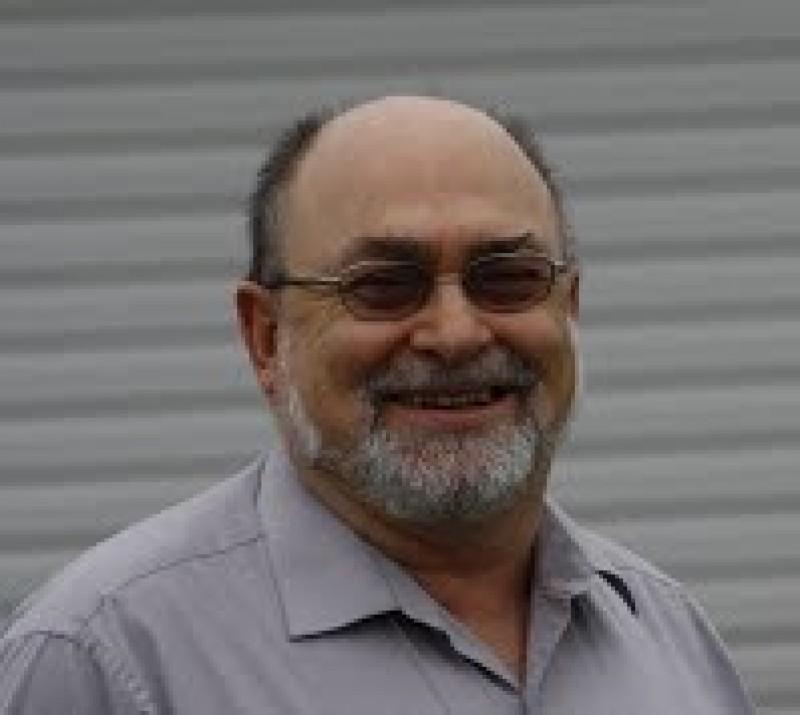A couple of weeks ago National Public Radio's "Morning Edition" ran a nice radio segment about Gary Hug, a hard core amateur astronomer and winner of the a 2009 Planetary Society Shoemaker Near Earth Object (NEO) Grant.
Except for the optics inside it, Hug built his 22-inch telescope and the Planetary Society Shoemaker grant purchased a STL1001E CCD camera to fit on it. He’s a machinist and also built the rail-mounted roof retraction system that houses it in his backyard observatory he’s apty named the Sandlot Observatory.
 |
| The Trifid Nebula, 5,200 light-years away, as shot by Gary Hug from his Sandlot Observatory with his 22" telescope and STL1001E CCD camera. |
Hug is making a name for himself, spending most of his observation time tracking so-called near-Earth asteroids.
Hug is one of the more than 30 astronomers who have received hundreds of thousands of dollars in Shoemaker NEO grants to improve their ability to study near Earth objects. Grants typically upgrade hardware at existing facilities to take observers to the next level in NEO finding, tracking, and/or characterization. The NPR radio piece gives you a nice sense of Hug's backyard, or back-field, observatory. As he discusses in the broadcast, most NEOs are currently found by professional surveys, though not all (e.g., next year's very close passing asteroid 2012 DA14 was found by Shoemaker NEO winners in Spain).
 |
| Gary Hug |
One of the key necessary roles that observers like Hug fill is follow up observations, which are crucial to determining orbits. It doesn't do you any good in Earth protection if you know an asteroid is out there but don't know if it is on a collision course with Earth.
Read more: http://www.planetary.org